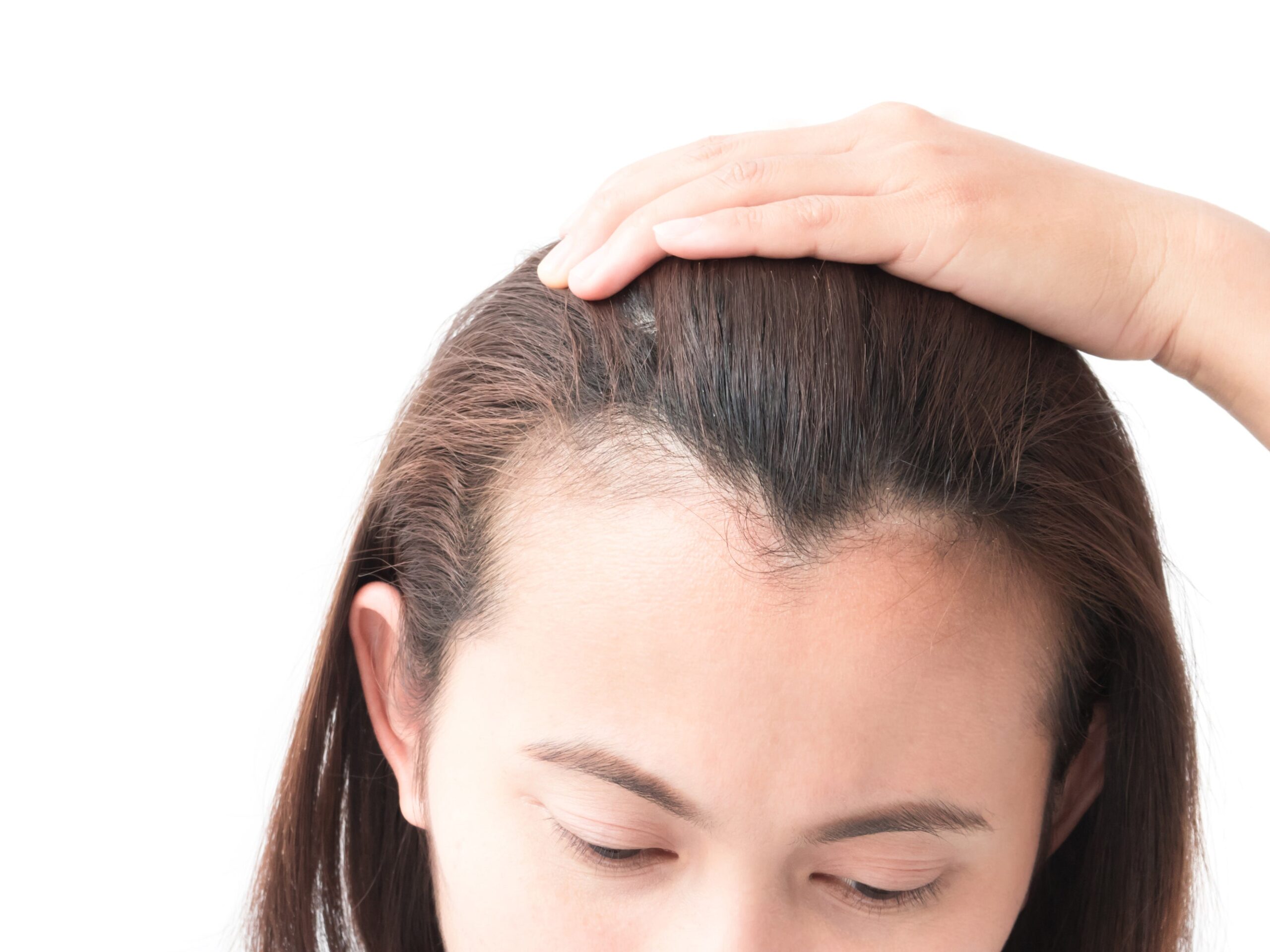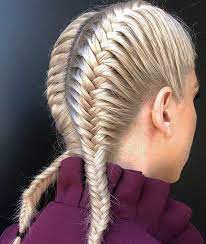
Women, like men, can experience thinning hair. But unlike their male counterparts, female thinning often does not follow a typical receding hairline known as male pattern baldness; instead, it usually stems from either traction alopecia or frontal fibrosing alopecia, affecting their scalps.
Female pattern baldness typically progresses gradually from the center of your part and moves slowly to the crown, becoming noticeable once you reach menopause or your 40s.
Causes
Hair loss is an expected part of the hair growth cycle and will typically be replaced by new strands as they fall out if the follicles become damaged or die out altogether. However, hairline receding could occur as a result.
Many factors can contribute to this condition, including genetics, pregnancy or menopause-related hormone changes, medications such as birth control pills or blood pressure medicines, and excessive stress from life events like surgery or illness.
Alopecia areata, in which your immune system attacks your hair follicles and prevents them from growing hair, can result in receding hairlines in women. However, Treating it early may prevent it from progressing into full receding hairlines. Some natural remedies include scalp massage, which stimulates hair follicles to promote healthy hair growth, as well as essential oils like rosemary oil or peppermint oil, which may be added directly into shampoo or topical solutions like this Keeps product that contains minoxidil as additional ways of treatment.
Symptoms
Over time, genetic hair loss causes women’s hairlines to recede further from the front of their scalps. Treatment may stimulate hair growth and reverse this receding effect if detected early enough.
Thinning hair among women may also be caused by medications, harsh hairstyles, and autoimmune conditions like systemic lupus erythematosus or alopecia areata. Both of these conditions involve the body’s immune system targeting hair follicles to stop growing, possibly leading to scarring from permanent bald spots that result.
Hormonal imbalances may also cause their hairline to recede, particularly during pregnancy or with thyroid conditions like polycystic ovary syndrome. Compulsive behaviors like trichotillomania may pull hair out from temple and hairline areas, resulting in reduced density or no hair at all in these spots; similarly, sexually transmitted infections (STIs), such as syphilis, can also result in patchy hair loss that leads to thinning hairlines.
Treatments
If your hairline is receding, a dermatologist can offer several solutions. A scalp biopsy may help determine the cause of thinning hair, such as thyroid disease or polycystic ovary syndrome; additionally, they can prescribe medications like spironolactone (only available with valid medical documentation) and finasteride (Propecia), both proven effective at encouraging new hair growth while decreasing thinning in women, according to Dr. Mahto.
For an all-natural approach, consider stimulating your scalp with regular scalp massages (a 2016 study has demonstrated this can help thicken hair), volumizing shampoo, and taking supplements such as Viviscal. In addition, consider getting fringe or bangs haircuts to cover up foreheads or conceal widow’s peaks.
Topical minoxidil–a key component of Rogaine–has been scientifically shown to promote hair growth, even reversing receding hairlines, according to Hill. Herbal preparations like ginseng, saw palmetto and Chinese hibiscus have also been proven effective at supporting healthy hair growth and thinning prevention; you could try them in either Keeps’ scalp treatment or Hims shampoo products to try this for yourself.
Prevention
Women can prevent temple and forehead hair thinning by brushing gently, avoiding tight hairstyles and chemical treatments, eating protein-rich foods, and taking hair supplements. If thinning hair has already advanced, over-the-counter minoxidil can help stimulate growth and thicken strands on their scalps.
One great way to disguise a receding hairline is getting bangs cut into your hair – this will cover the forehead and hide a widow’s peak. Additionally, volumizing shampoos may help boost the appearance of fullness in strands while creating a fuller appearance overall. You could also try fohawk styles that add texture while masking thinned spots along your hairline.

